Alaska Executive Search and
Bradison Management Group, LLC.

Alaska Executive Search and
Bradison Management Group, LLC.
usiness continuity and risk mitigation have always been elements of a strong strategic plan. In 2020 they are more relevant than ever.
In just a matter of weeks, “back to work” became anything but back to normal. Organization leaders want answers to questions they would have previously garnered from a “subject matter expert.” Now more than ever, leadership is being challenged with questions for which the answers rely heavily on risk tolerance and critical thinking.
Working with a few professional organizations in Alaska has provided research about employer concerns in the new working environment. I’ve summarized key points below:
- Half of my staff wants to work from home, what happens if I “make” them come back to work?
- If an employee is provided a workstation to work from home and gets carpal tunnel syndrome, is that grounds for a worker’s compensation claim?
- How do I gauge and monitor progress?
- What about overtime? Can I still require “normal” workdays if an employee is working off site?
- How do I respond to an employee who goes on vacation, travels, or has family in town from out of state? Can I require a quarantine and do I have to cover salary if I do?
The short answer for all these questions is: it depends. In our research we have found similar concerns even prior to COVID-19. The simple truth is that all the best resources and experts do not have black and white answers that can be applied in an industry-agnostic manner. However, we can offer some best-business practices that are already proving successful during this uncertain time. But there are a few items that are within your control.
If employee concerns can be met with some accommodation, while understanding job roles and responsibilities, then, by all means take a step in that direction. Making accommodations that are fair to all are policies, not accommodations. So first ask yourself; can this modification to work schedule (or other change) benefit the organization by majority? Then review workflow and required resources, perhaps doing so can relieve other areas of resource allocation. For example, with rotating schedules, shared workspace can mean less rent and even negate the necessity of a breakroom.
Second, regardless of industry, as leaders we must keep employees as safe as reasonably possible. In the context of a virus, that can be difficult. However, as leaders and managers we should be developing a safety and response plan that is reasonably monitored and easily executed in the event of a positive COVID-19 test.
Finally, the very best thing you can do to relieve angst and apply risk mitigation is to provide open communication with your staff. Allow them to voice frustrations and work through those concerns with the job requirements as a focal point. Making accommodations should be a win-win for the organization and the employee to ensure business continuity. Keeping your staff employed depends on it.
